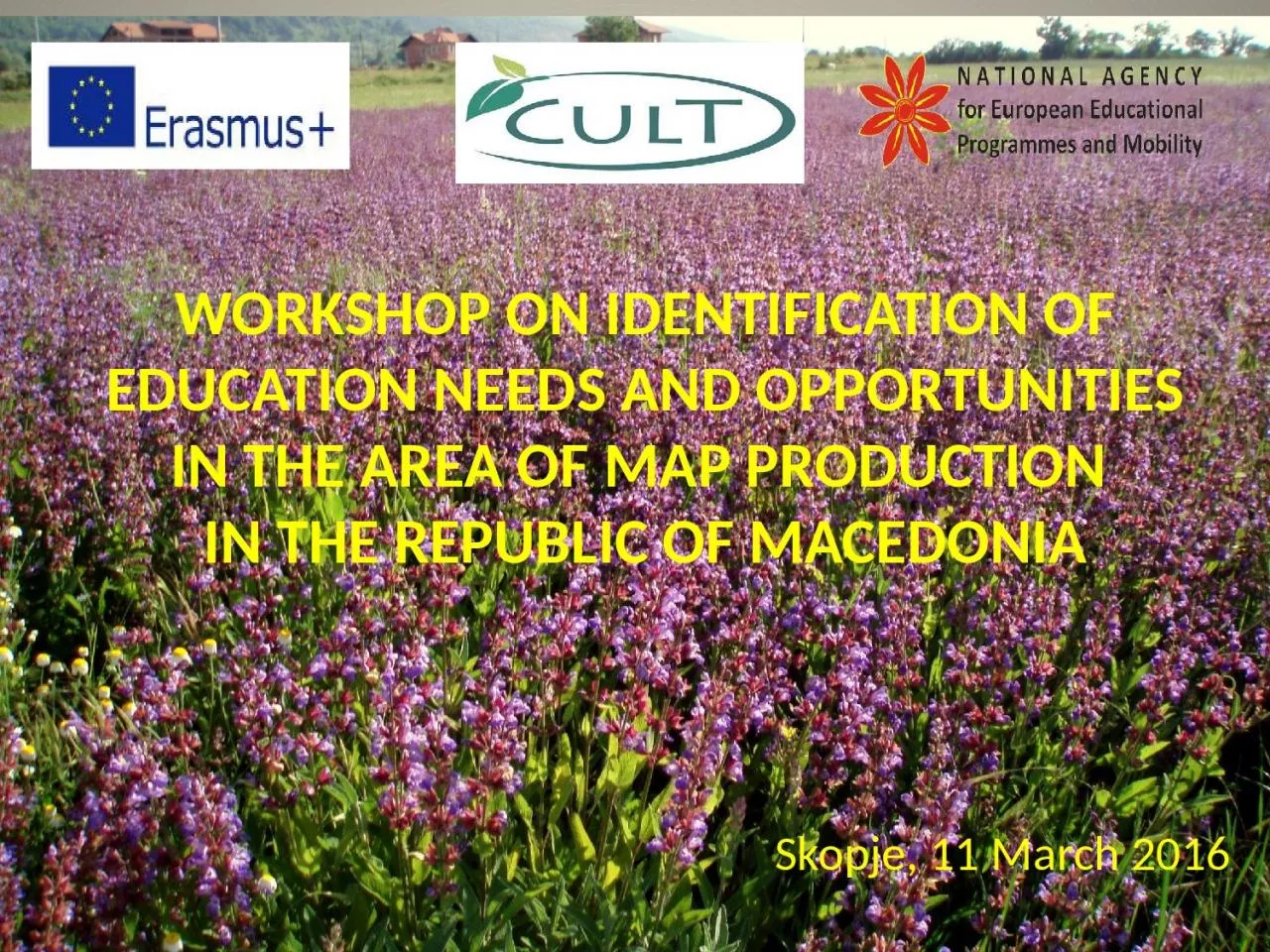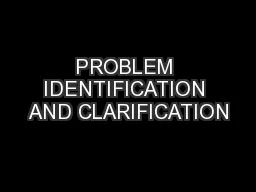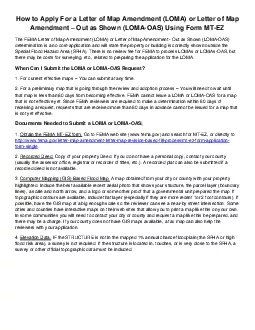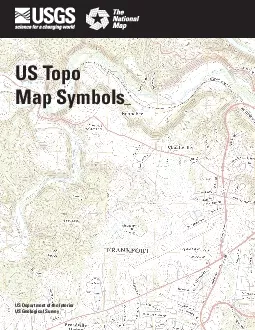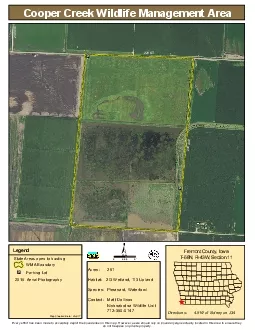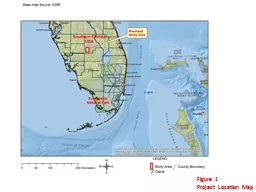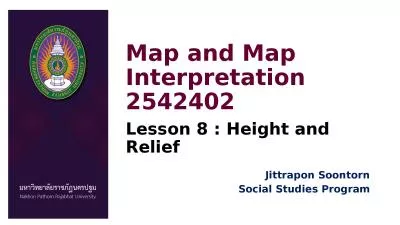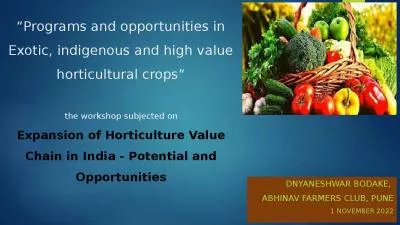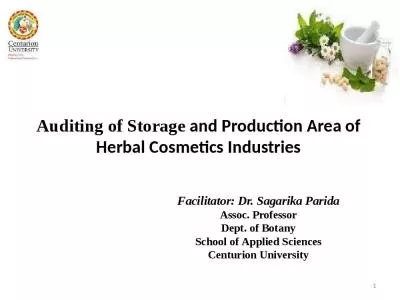PPT-WORKSHOP ON IDENTIFICATION OF EDUCATION NEEDS AND OPPORTUNITIES IN THE AREA OF MAP PRODUCTION
Author : esther | Published Date : 2024-01-29
IN THE REPUBLIC OF MACEDONIA Skopje 11 March 2016 Production of Medicinal and Aromatic Plants MAP Global trend in returning back to traditional values of folk
Presentation Embed Code
Download Presentation
Download Presentation The PPT/PDF document "WORKSHOP ON IDENTIFICATION OF EDUCATION ..." is the property of its rightful owner. Permission is granted to download and print the materials on this website for personal, non-commercial use only, and to display it on your personal computer provided you do not modify the materials and that you retain all copyright notices contained in the materials. By downloading content from our website, you accept the terms of this agreement.
WORKSHOP ON IDENTIFICATION OF EDUCATION NEEDS AND OPPORTUNITIES IN THE AREA OF MAP PRODUCTION: Transcript
Download Rules Of Document
"WORKSHOP ON IDENTIFICATION OF EDUCATION NEEDS AND OPPORTUNITIES IN THE AREA OF MAP PRODUCTION"The content belongs to its owner. You may download and print it for personal use, without modification, and keep all copyright notices. By downloading, you agree to these terms.
Related Documents

